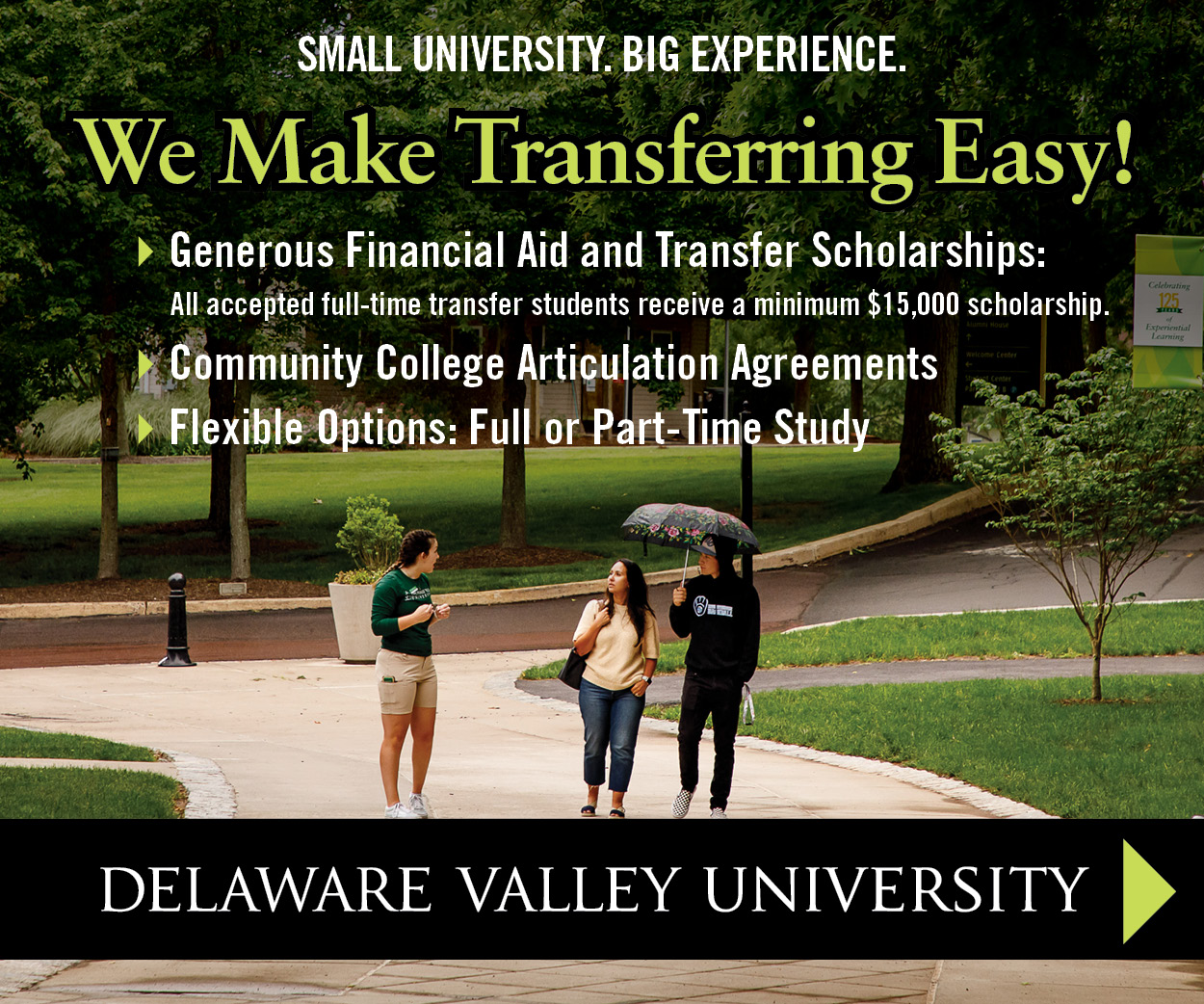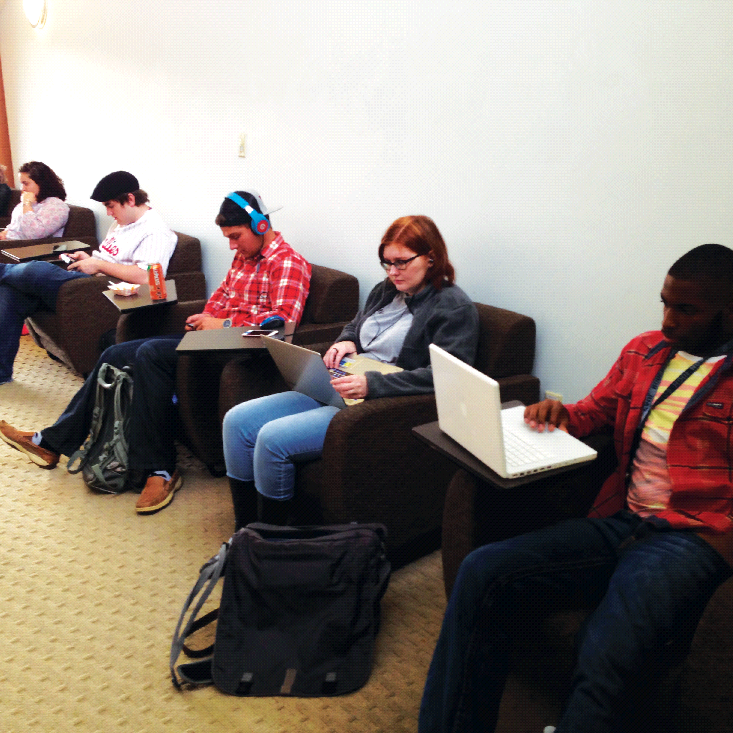As social media continues to be a driving force in the American lifestyle, its influence has become a significant game changer in both federal and state elections, especially for politicians courting young voters.
Over the last decade social media usage has skyrocketed. The two largest social networks, Facebook now at 1.23 billion monthly active users and Twitter with 232 million monthly active users, have been assimilated into our daily routine.
This trend certainly holds true for Bucks students, as many students walk the campus tuned in to their cell phones and other mobile devices.
“I use social media every chance I get,” said Jessica Serben, 18, an early education major from Yardley.
Marmonee Cooper, 21, a journalism major from Levittown said, “I use [social media] very often just to see if I’m missing out on anything.”
According to CIRCLE, the Center for Information and Research on Civic Learning and Engagement, 66 percent of youth with any college experience turned out to vote in the 2012 elections, making college students a key demographic for candidates to win over in the upcoming election on Nov. 4.
Social media appears to be the best means for candidates to get their name and message out to young voters, a sizable portion of the voting population. According to CIRCLE’s analysis of census data, “young people represent about 21 percent of the voting-eligible population.”
As a result, candidates now link their Facebook page, their Twitter account, and YouTube to their campaign website.
“My news feed is flooded with information on the elections and I don’t think I would be as aware of these issues without social media,” said Mikaela Wendel, 19, an early education major from Fairless Hills.
For candidates trying to reach young voters, online advertisement has proven to be more fruitful than television. Candidates now pay for ad space to be shown and filtered into the newsfeeds and timelines of social media users.
This year, only 3 percent of campaign advertising dollars are spent on online ads. But it looks like this trend will only grow in the coming years.
According to a report by Borrell Associates, a media analysis company, online political campaign ad spending is likely to exceed $1 billion in the 2016 elections.
Candidates get huge exposure from these ads on sites like Facebook, Twitter, Instagram and YouTube. These ad campaigns reach a large amount of younger voters who don’t take the time to pick up a daily newspaper or sit down to watch the nightly news.
“I think social media has made it possible for everyone to have instant access to today’s political issues, possibly making them better informed,” said Wendel.
Not only is social media impacting the decisions of already registered voters, but it is also drawing in new voters, through campaigns urging young people to register to vote.


